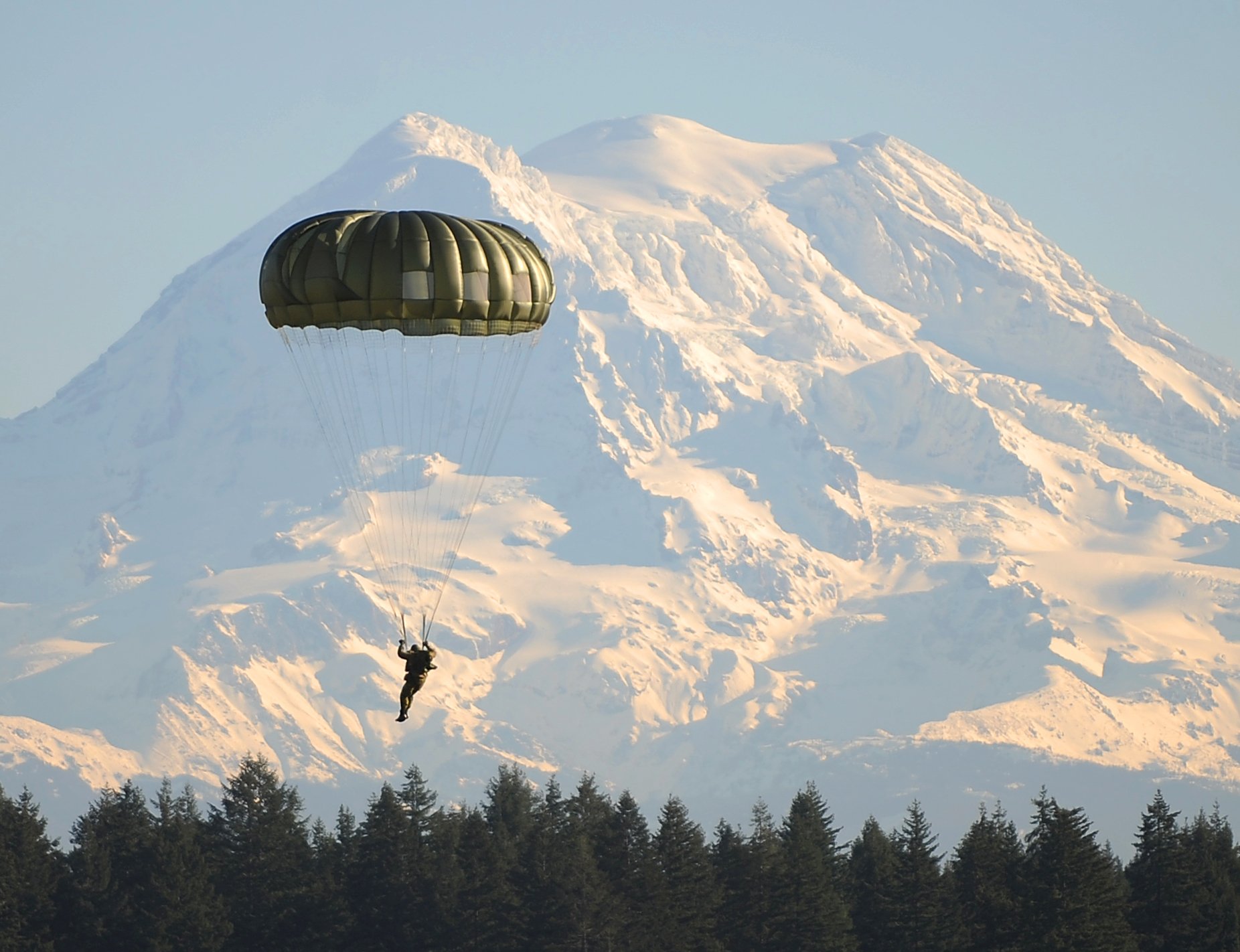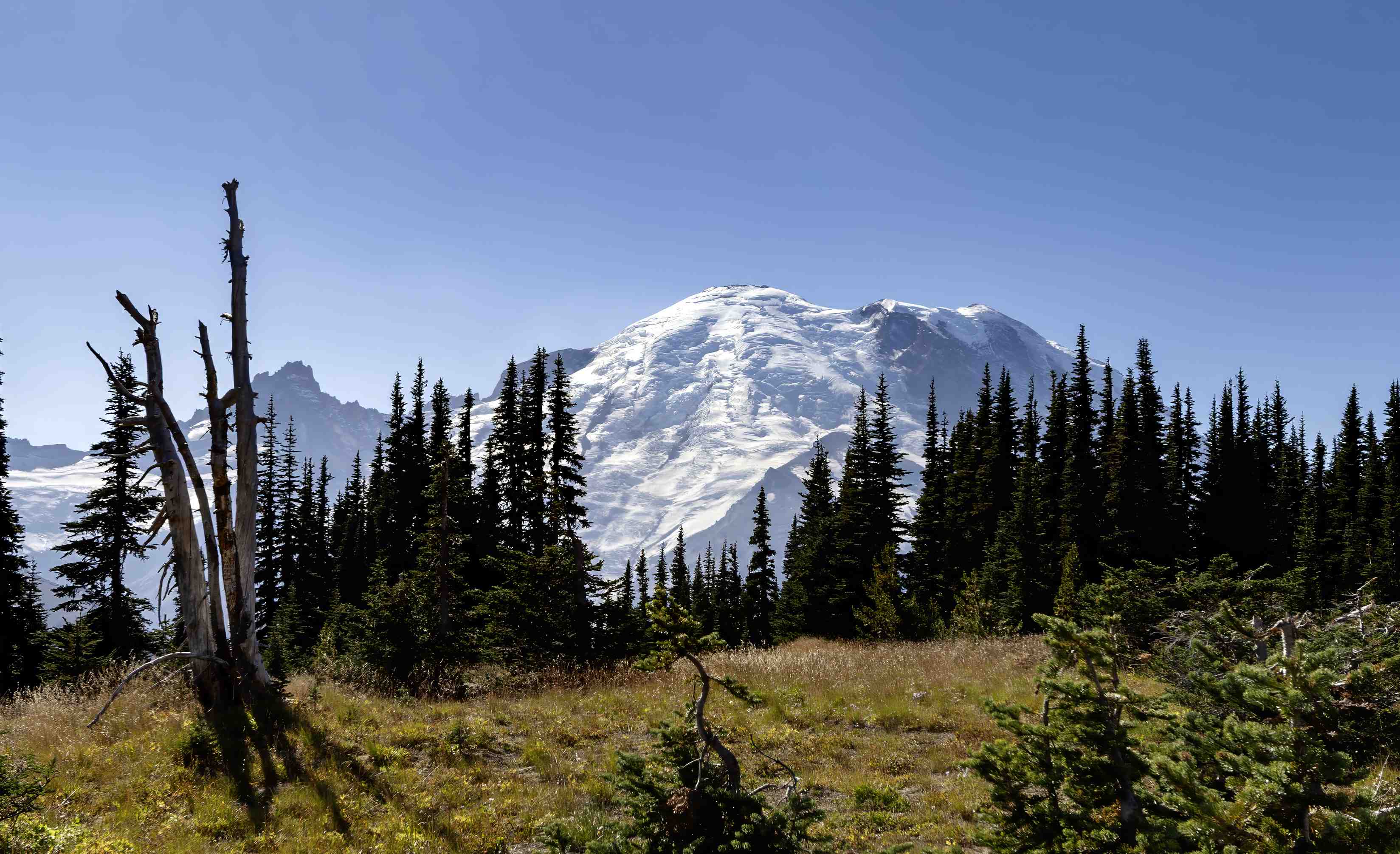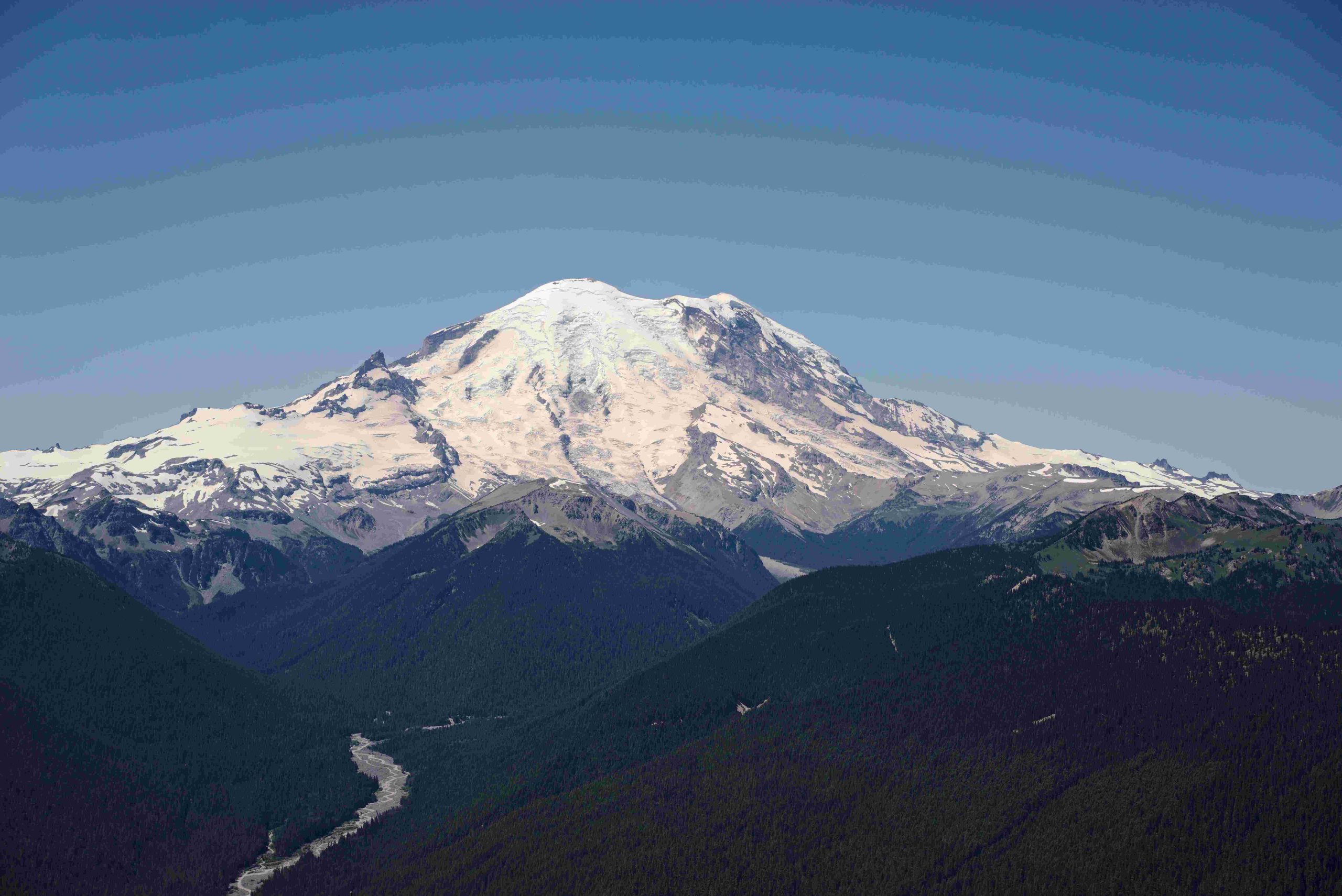Mount Rainier’s Emmons Glacier is the largest glacier by area in the contiguous United States, covering approximately 4.3 square miles. Located on the northeast flank of Mount Rainier, it offers both challenging climbing routes and scenic hiking trails. The glacier is known for its dramatic crevasses, stunning ice formations, and the vital role it plays in the mountain’s ecosystem. This guide provides detailed information on hiking trails, climbing routes, current conditions, and access points for those looking to explore this magnificent natural wonder.
What Are the Key Features of Mount Rainier’s Emmons Glacier?

The Emmons Glacier is a prominent feature of Mount Rainier, characterized by:
- Largest glacier by area in the contiguous United States
- Located on the northeast flank of Mount Rainier
- Covers approximately 4.3 square miles
- Known for dramatic crevasses and ice formations
- Plays a vital role in the mountain’s ecosystem
- Offers both hiking and climbing opportunities
What Hiking Trails Are Available to View the Emmons Glacier?

Emmons Moraine Trail
For hikers looking to observe the Emmons Glacier, the Emmons Moraine Trail offers an accessible option:
- Distance: 3.0 miles round trip
- Elevation Gain: 600 feet
- Hiking Time: 1-2 hours round trip
- Difficulty: Moderate
Trail Details:
- Starts at the Glacier Basin trailhead in Loop D of White River Campground
- Follows Glacier Basin Trail for about a mile
- Turns left onto Emmons Moraine Trail
- Offers views of Emmons Glacier, its terminus, and a turquoise glacial lake
- Maintained trail ends a half mile past the junction
Note: It is not recommended to continue beyond the “End of Maintained Trail” sign due to hazardous conditions.
What Are the Climbing Routes on Emmons Glacier?
For experienced climbers, the Emmons Glacier route presents a significant challenge:
Primary Climbing Route
- Starting Point: White River Campground (4,400 ft)
- Technical Rating: Basic Alpine, Strenuous 5, Technical 5
Route Description:
- Hike 3.5 miles to Glacier Basin (5,935 ft)
- Continue on way trails for another mile to the base of Inter Glacier (7,000 ft)
- Rope up at Inter Glacier and ascend 1,500 feet to glacier rim (9,000 ft) at Camp Curtis
- Traverse to Emmons Glacier and ascend to Camp Schurman (9,500 ft)
- Follow “The Corridor” to about 12,000 ft
- Navigate heavily crevassed areas to reach the crater rim
Required Gear: Standard glacier equipment, including helmet and wands
What Are the Current Conditions on Emmons Glacier?
Conditions on Emmons Glacier can vary significantly throughout the year:
Snow and Ice Status
- Heavily crevassed, especially later in summer
- Early season: approach may be covered with melting snowpack
Weather Patterns
- Variable mountain weather
- Potential for storms and changing snow conditions
- Best climbing weather: early morning hours during summer
Advisories and Alerts
- Check with Mount Rainier National Park for current:
- Trail conditions
- Weather forecasts
- Specific advisories or alerts
How Can I Access Emmons Glacier?
To access Emmons Glacier, follow these guidelines:
Parking Facilities
- Park at White River Campground
- Use hiker/climber parking area (not campsites)
Trailhead Locations
- Emmons Moraine Trail: Loop D of White River Campground
- Climbing route: White River Campground
Permits and Fees
- National Park Entrance Fee required
- Climbing permits mandatory for:
- Trips on glaciers
- Ascents above 10,000 ft
- Check with Mount Rainier National Park for all necessary permits
What Safety Precautions Should I Take on Emmons Glacier?
When exploring Emmons Glacier, prioritize safety:
- Proper Equipment: Carry essential gear, including:
- Crampons
- Ice axe
- Helmet
- Rope (for climbing)
- Weather Awareness: Check forecasts and be prepared for rapid changes
- Crevasse Safety: Be aware of hidden crevasses, especially in snow-covered areas
- Navigation Skills: Carry a map and compass, and know how to use them
- Emergency Plan: Have a plan in case of accidents or unexpected situations
- Physical Fitness: Ensure you’re in good physical condition for the chosen activity
- Travel with Partners: Never explore alone, especially when climbing
What Is the Best Time to Visit Emmons Glacier?
The optimal time to visit Emmons Glacier depends on your activity:
For Hiking:
- Best Period: Late June to early October
- Considerations:
- Snow may linger on trails until July
- Wildflowers typically bloom in August
For Climbing:
- Recommended Timeframe: Mid-May to September
- Early Season (May-June):
- More snow cover, potentially easier crevasse navigation
- Higher avalanche risk
- Late Season (August-September):
- More exposed crevasses
- Potentially more challenging route-finding
How Can I Prepare for a Trip to Emmons Glacier?
Proper preparation is crucial for a safe and enjoyable experience:
- Physical Conditioning:
- Build endurance through cardio exercises
- Practice hiking with a loaded backpack
-
For climbers: train on similar terrain if possible
-
Gear Checklist:
- Sturdy hiking boots or mountaineering boots
- Layered clothing for variable weather
- Sun protection (sunscreen, sunglasses, hat)
- First aid kit
- Navigation tools (map, compass, GPS)
-
Climbing gear if attempting the glacier route
-
Knowledge and Skills:
- Learn about glacier travel and crevasse rescue (for climbers)
- Study route descriptions and recent trip reports
-
Familiarize yourself with Leave No Trace principles
-
Logistics:
- Make campground or lodging reservations in advance
- Obtain necessary permits
-
Plan transportation to and from the trailhead
-
Emergency Preparedness:
- Share your itinerary with a trusted contact
- Carry emergency communication devices (satellite phone or personal locator beacon)
- Know the symptoms and treatment for altitude sickness
By thoroughly preparing and respecting the mountain environment, visitors can safely enjoy the awe-inspiring beauty of Mount Rainier’s Emmons Glacier.

